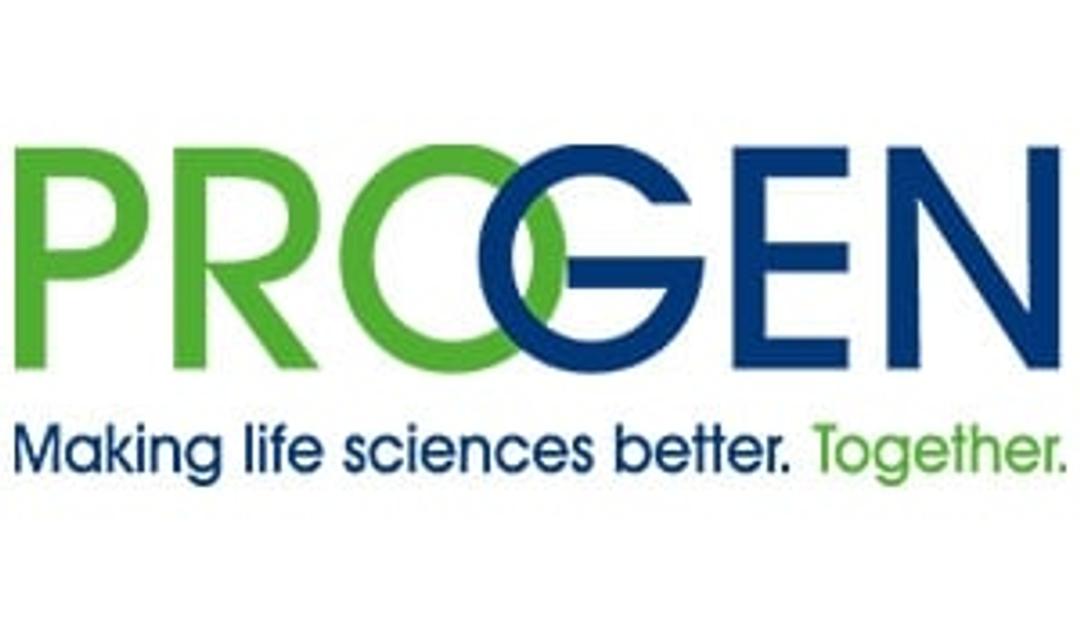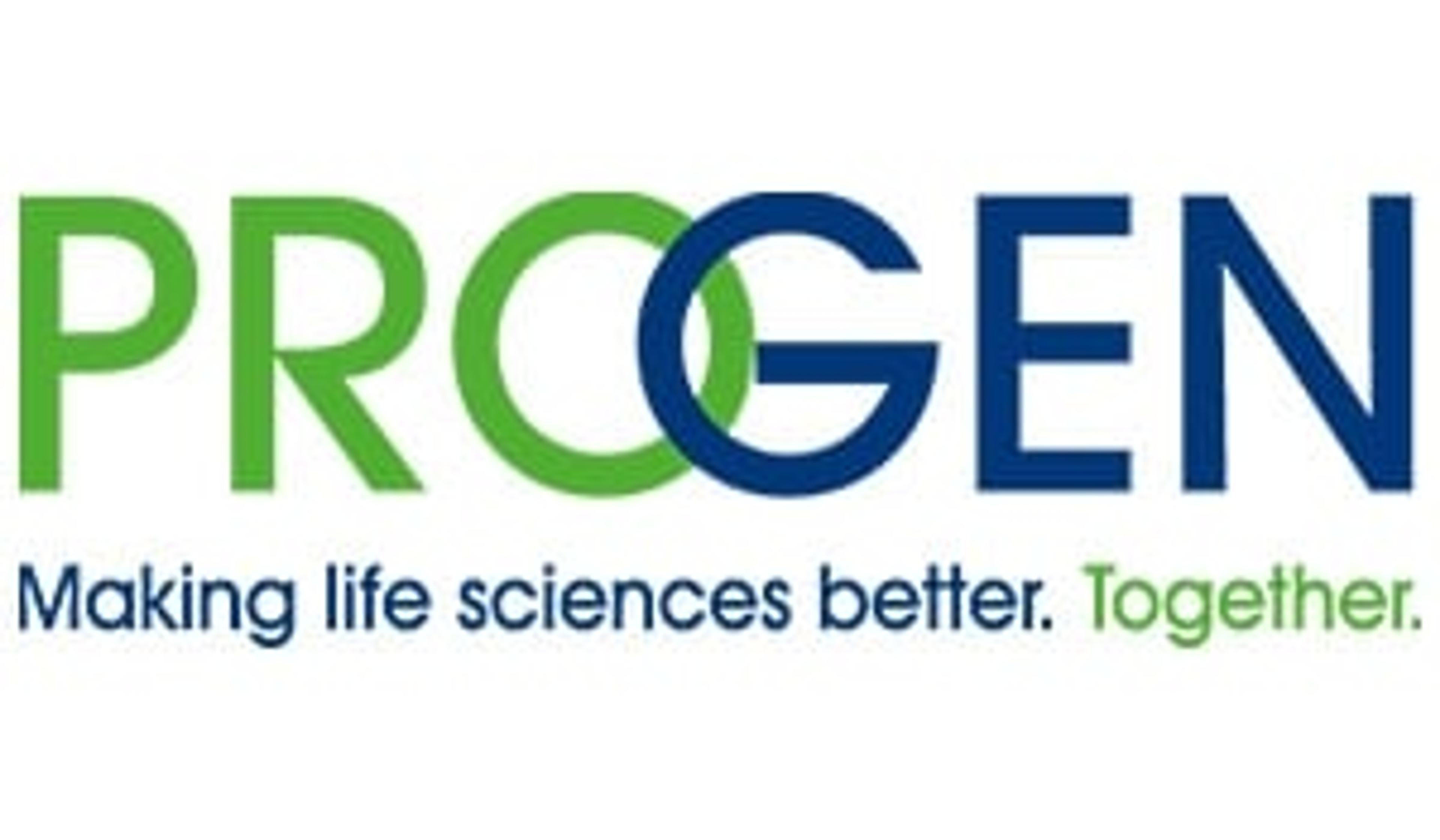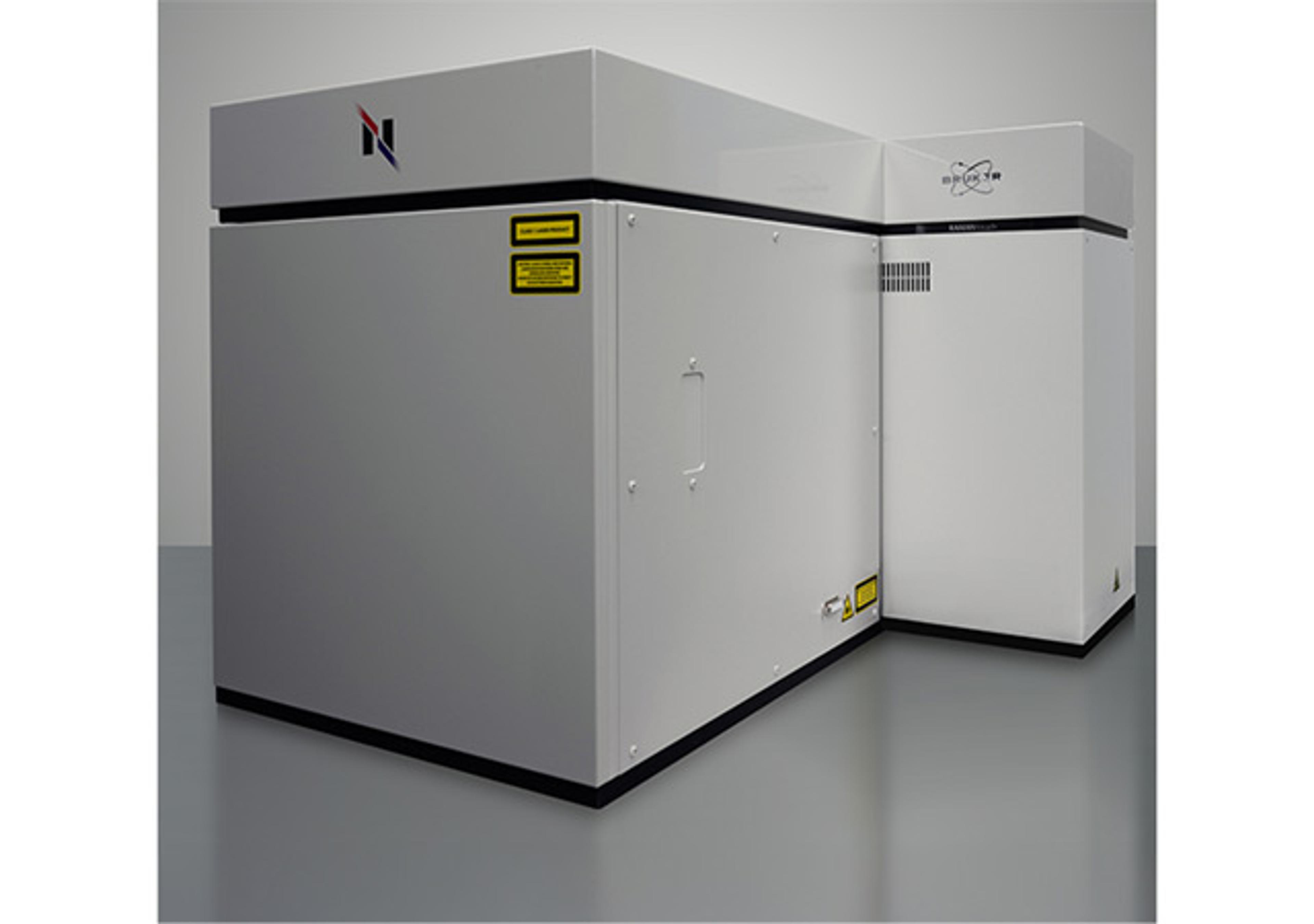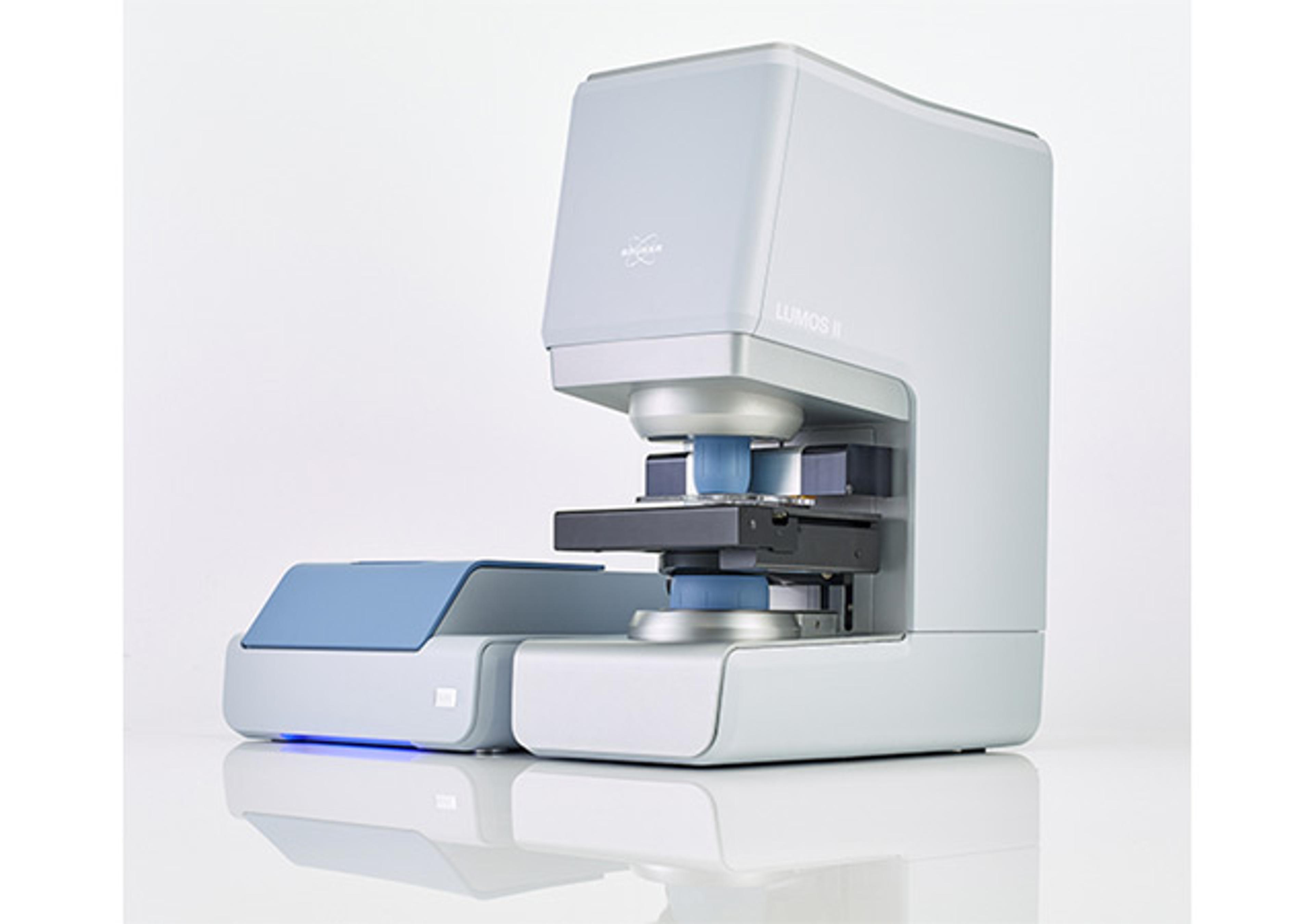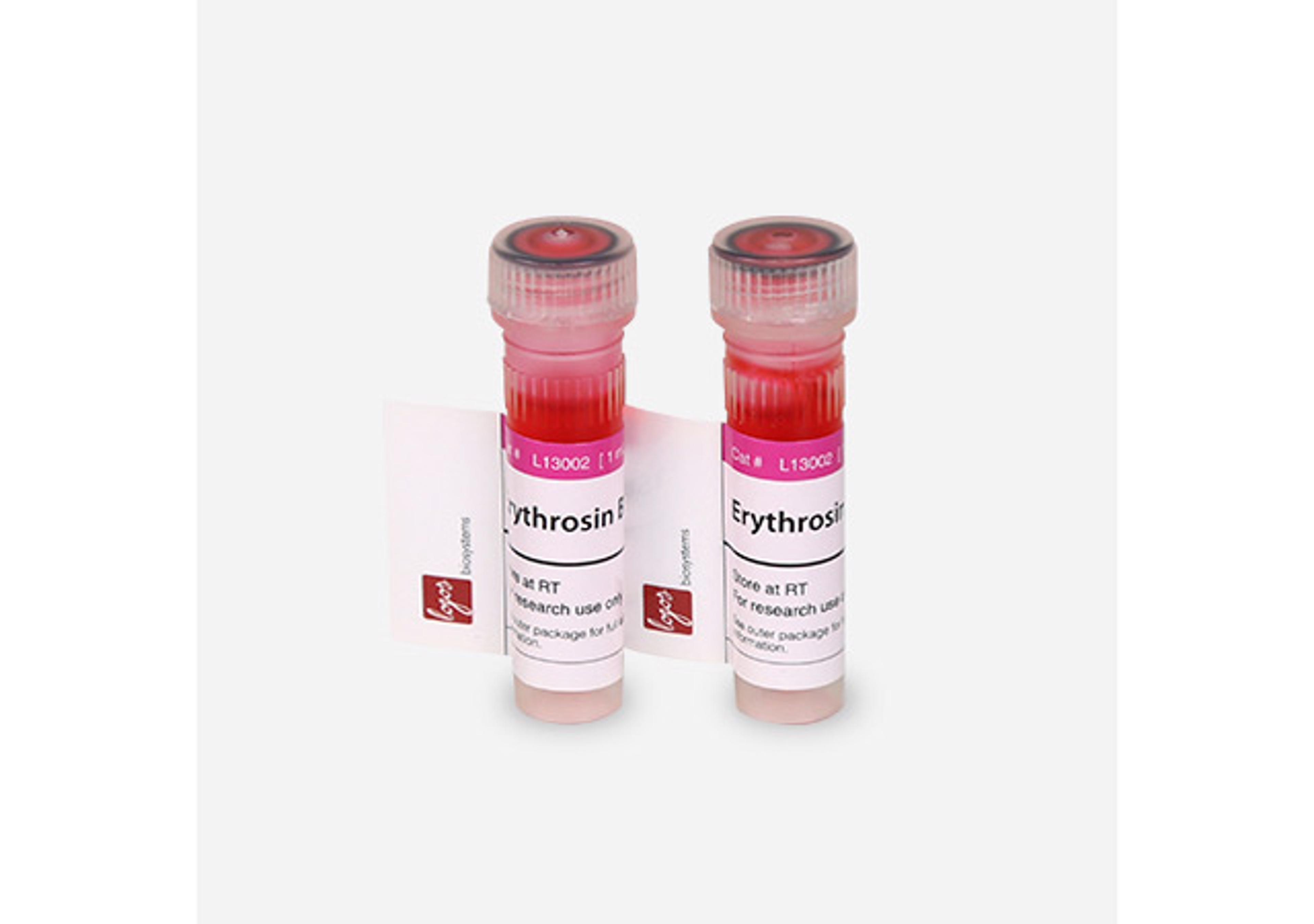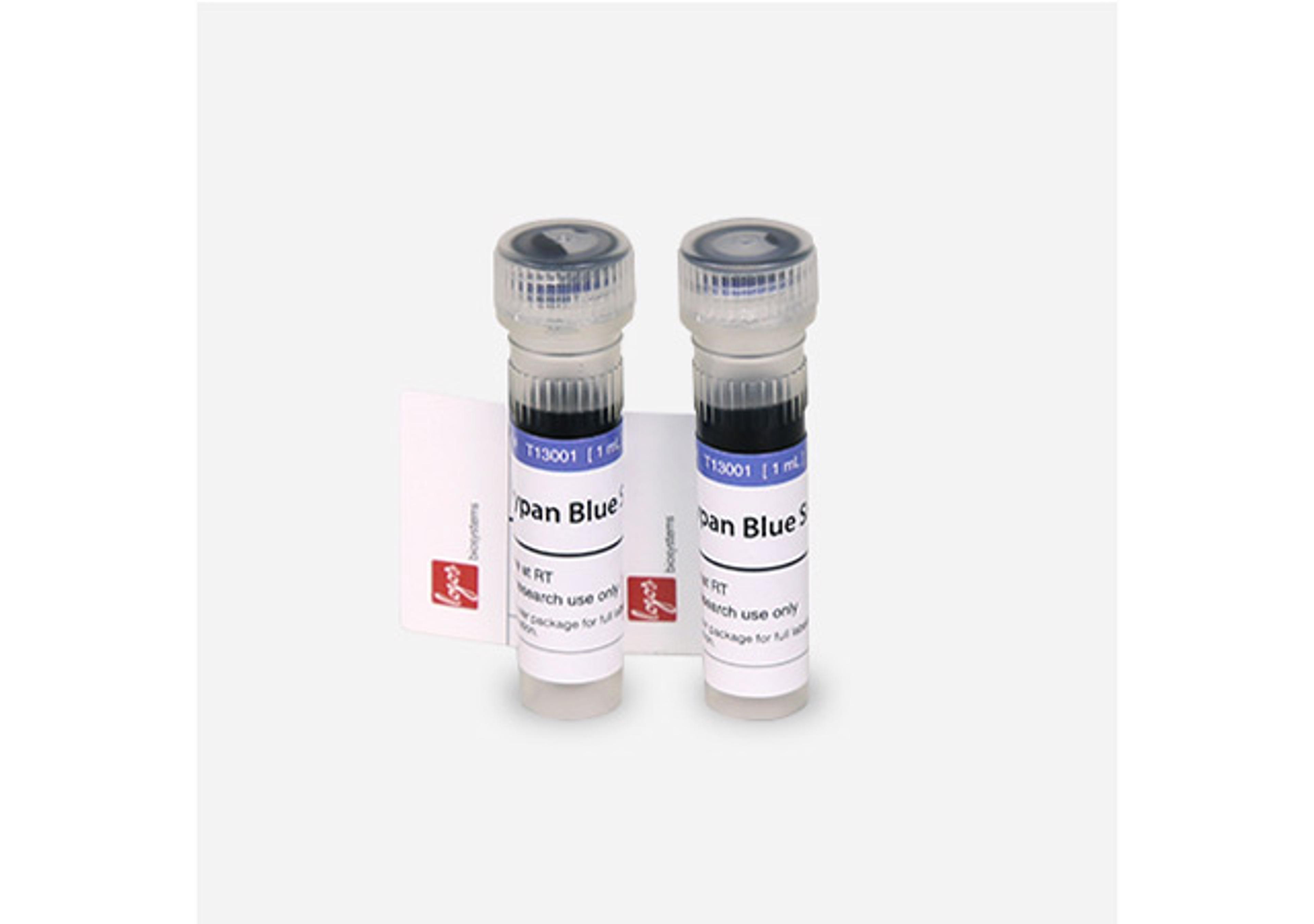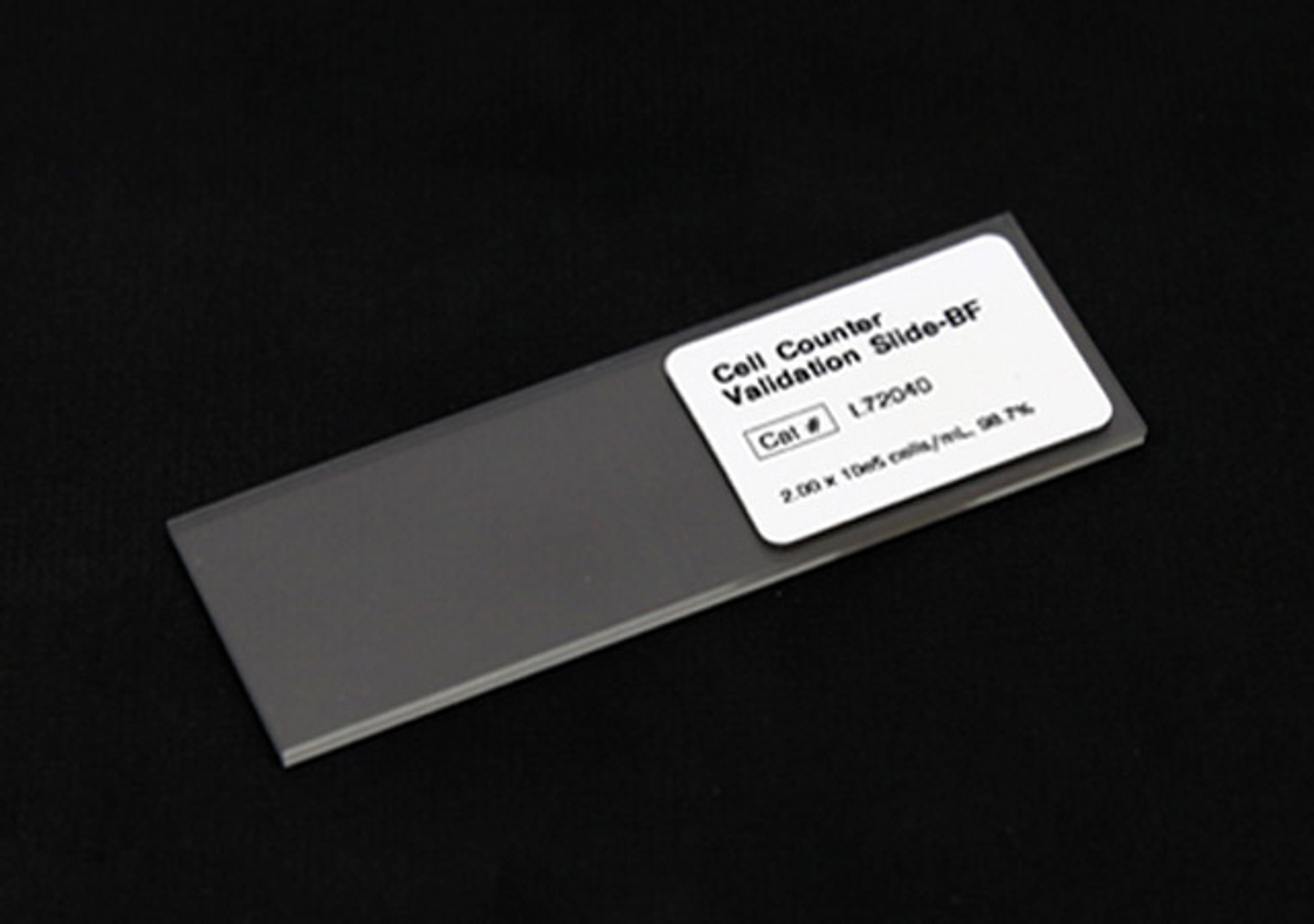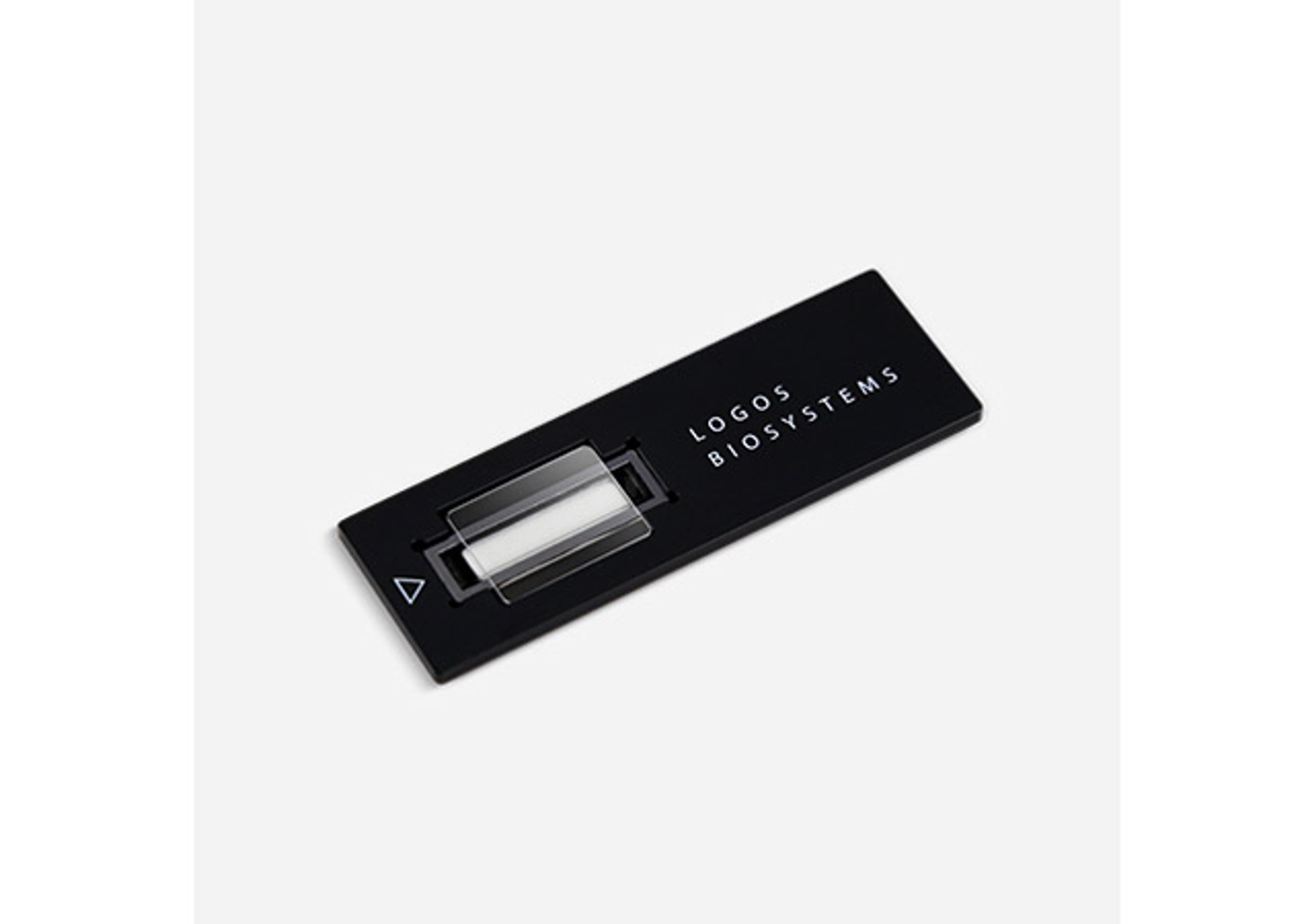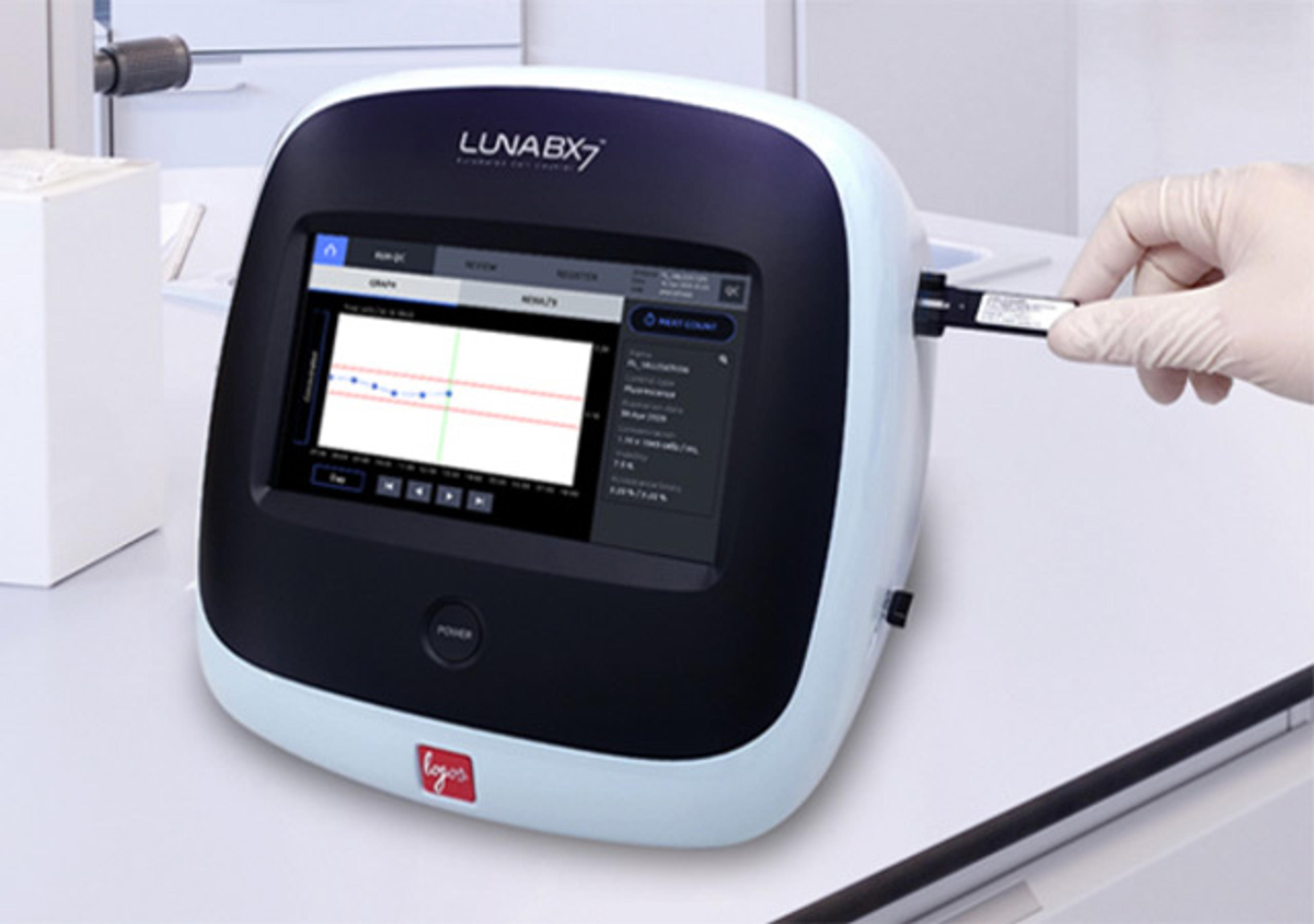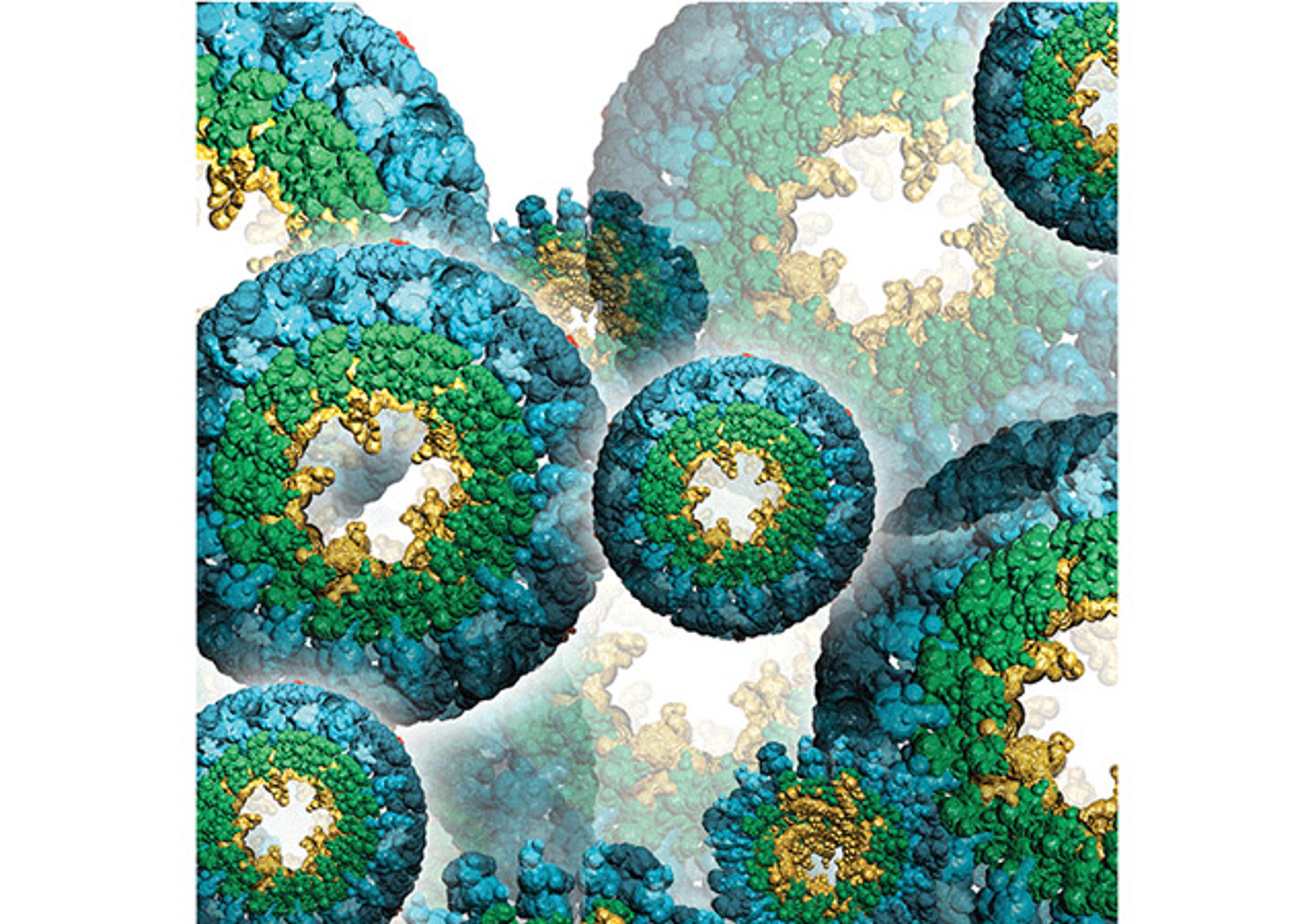Mouse IgG Library Primer Set
PCR oligonucleotide primer sets consisting of 25 primers for amplification and 25 primers for cloning of mouse IgG heavy and light chain variable domain coding regions for generating universal or antibody-specific scFv phage-display libraries.

The supplier does not provide quotations for this product through SelectScience. You can search for similar products in our Product Directory.
Many monoclonal antibodies of mouse origin are valuable diagnostic agents. Their production by classical hybridoma techniques is frequently limited by the instability of cell lines, low antibody yields and the limitations of immunizing mice with toxic antigens. A promising alternative to the hybridoma technology is the production of recombinant antibodies.
Pioneering work of the last decade showed that it is possible to amplify rearranged immunoglobulin genes from B-lymphocytes, to insert them into different vectors, and to express them in bacteria, yeast, insect, mammalian or plant cells. Moreover, the randomized combination of cloned heavy and light chain immunoglobulin gene fragments allowed the construction of mouse antibody libraries. These libraries enable the isolation of specific antibodies against particular antigens by phage display techniques. One prerequisite for generating highly diversified mouse antibody libraries, however, is the development of PCR primers capable of amplifying all rearranged immunoglobulin genes. In immunoglobulin repertoire library cloning, the homology between a particular primer sequence and its target template, as well as the diversity of a primer pool are the two most important parameters which determine the cloning efficiency and the size of a resulting repertoire library.
PROGEN's mouse IgG library primer set allows the amplification of rearranged mouse immunoglobulin genes of individual B cell clones as well as of larger B cell populations for the construction of mouse scFvantibody libraries.
PCR Primer Design
The PCR oligonucleotide primers were designed for the amplification of mouse rearranged IgG variable domain coding regions in a two step PCR. The first set of PCR primers (Set 1) leads to the amplification of the antibody genes from a lymphocyte cDNA source. The primer design started with the analysis of mouse antibody sequences from databases. Similar sequences were grouped and putative primer sequences were drawn from each group. All putative primer sequences were then compared against all database sequences and the best-fitting primer sequences were collected. The process was repeated until all the database sequences were covered.
To clone the amplified immunoglobulin gene fragments into expression vectors, a second set of homologous primers (Set 2) containing restriction endonucleases sites was designed. These primers add the recognition sequences of Nco I (5') and Hind III (3') to the amplified heavy chain gene fragments and Mlu I (5') and Not I (3') to the amplified light chain gene fragments. The restriction enzymes have been selected, (a) because of their low probability to cut within mouse variable heavy and light chain coding regions. Additionally, (b) they produce overlaps of 4 nucleotides or more leading to optimal cloning efficiency. The enzymes (c) are not depending on methylation and (d) their efficiency in recommended double digestions is more that 90 %. Finally, they were selected for cloning the amplified gene fragments into pSEX or pOPE vector derivatives (Breitling et al., 1991; Dübel et al., 1993).
Material Required
PCR reagents and equipment
Contents of Primer Set
50 HPSF purified oligonucleotide primers, each containing 10 pmol/microliter. Primer aliquots of 20 to 240 μ;l are ready-to-use.
Preparation of Reagents
The mRNA and cDNA from lymphocytes should be prepared as described in standard protocols.
PCR-Setup
We propose to use a commercial PCR kit containing a proof-reading polymerase and to set up the reactions as recommended by the manufacturer. Most PCRs are carried out in a 50 μ;l reaction. Within this volume, we recommend to use 50-100 ng of cDNA and 25 pmol (2.5 μ;l) of each primer (10 pmol/μ;l). With the first set of primers 25 separate reactions should be performed. Each variable heavy chain forward primer (1A-L) has to be combined with the constant region IgG reverse primer (1M). Analogous, each kappa;- and lambda;-light chain forward primer (1N-W, 1Y) has to be combined with the corresponding constant region reverse primer (1X or 1Z), respectively. The reaction mixtures accomplished with dNTPs, buffer and polymerase should be subjected to 30 PCR cycles using an annealing temperature of 55 deg;C. Analyse the reaction mixtures by electrophoresis using a 1.5 % agarose gel. Amplified DNA fragments of approx. 380 to 400 bp should be gel purified and subjected to an analogous second PCR using the second primer set to introduce the restriction endonuclease sites.

